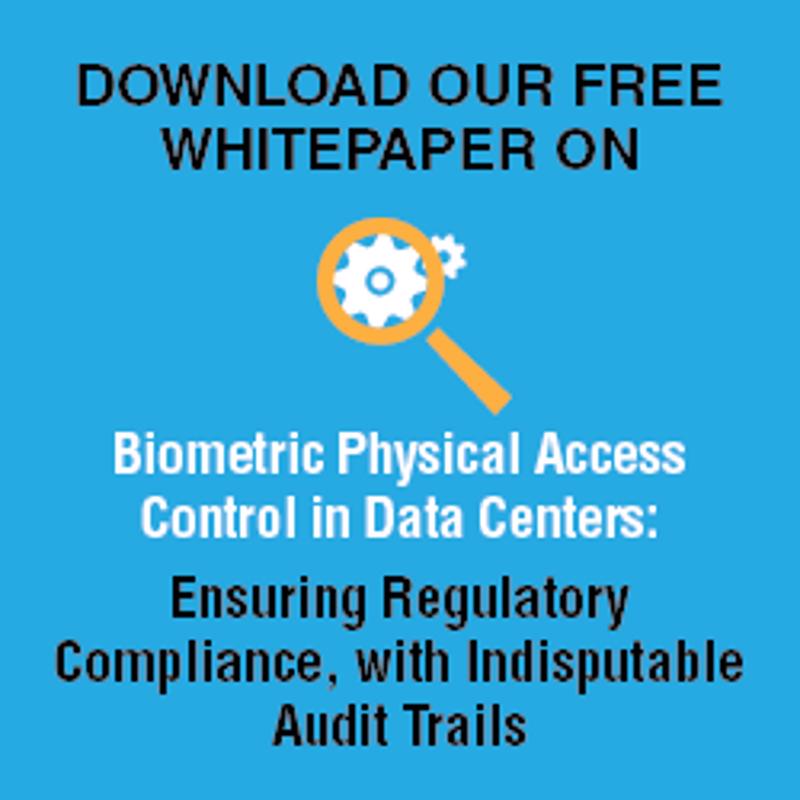Data breaches of all kinds – both physical and digital – are constantly putting enterprises at risk. Remote cyberattacks against healthcare entities, political agencies and major consumer brands can result in significant ramifications, such as the loss of valuable data or the disclosure of confidential information. The same can be said for physical data breaches that target an individual server cabinet or an entire data center.
Chief executives across the world recognize the severity of these threats and are responding accordingly. As a result, a wide range of security measures are rising to the forefront. And perhaps no tactic is gaining more ground in the business world than biometrics.
"The threat of physical data breaches cannot be underestimated."
Biometrics hits the banking sector
According to BBC News, biometric security is a rising focus in the banking sector. Considering the near-constant threat of a physical system breach, the Royal Bank of Scotland and NatWest recently announced that their customers may use their fingerprints to conduct business. Yet despite the advancements, functional hurdles remain.
"The expensive and inconvenient part is actually challenging the user," Dr. Neil Costigan, a cryptographer and a chief executive with Stockholm-based BehavioSec, told the news outlet. "When they're asking where's the calculator in the drawer, or can you confirm your first pet, the user gets annoyed. With every step of security causing users to do something, a lot of payments fall off."
US border agency initiates biometric program
The United States Customs and Border Protection Agency has launched a program at airports that will test the effectiveness of facial recognition technology to verify identities, Security Document World reported. This form of biometrics could counter identity fraud and eventually take the place of ID cards.
"The facial recognition software provides the [CBP Officers] with a match confidence score after the e-passport chip is scanned and the photo is taken," the agency said in a document, according to the news outlet. "The score is generated by algorithms designed to detect possible imposters."
The pertinence of biometrics
While much attention has been paid in recent months to the specter of cyberattacks, the threat of physical data breaches cannot be underestimated. To offset this security issue, businesses and agencies would be wise to use biometric technology.
This system requires personal identification, such as fingerprint or facial recognition, to enable access control to a limited number of staff members. And for arguably the most effective form of biometrics, these same entities should consider a dual-access system, which calls for two separate IDs at the same time.
